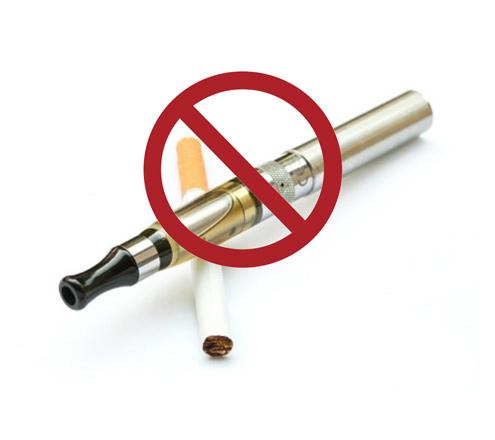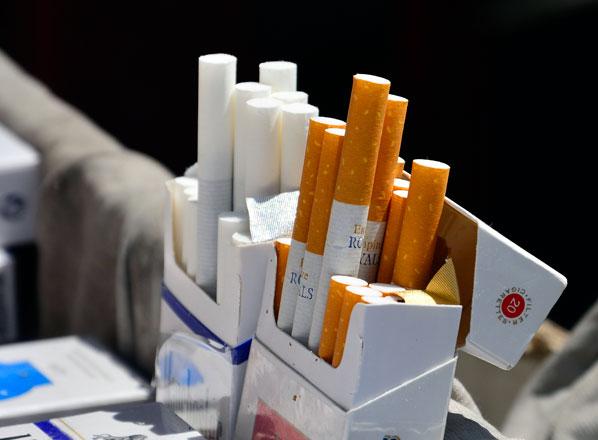CHICAGO/WASHINGTON — Another 5.6 million American children may die prematurely unless smoking rates fall in the United States, according to a report by the US surgeon general which links a range of new illnesses to the habit.
Fifty years after the first surgeon general’s report declared smoking a hazard to human health, the new study adds conditions ranging from colon cancer to diabetes and arthritis to the tally of tobacco-related diseases.
The report, the first in more than a decade, found that smoking has killed more than 20 million Americans prematurely in the last half century.
Although adult smoking rates have fallen to the current 18 per cent from 43 per cent of Americans in 1965, each day, more than 3,200 youths under the age 18 try their first cigarette, according to the report published on Friday.
“Enough is enough,” acting Surgeon General Dr Boris Lushniak said in a telephone interview. “We need to eliminate the use of cigarettes and create a tobacco-free generation.”
Federal health officials are calling on businesses, state and local governments, and society as a whole, to end smoking within a generation through hard-hitting media campaigns, smoke-free air policies, tobacco taxes, unhindered access to cessation treatment and more spending by state and local governments on tobacco control.
“It’s not just the federal lead on this anymore,” said Lushniak. “To get this done, we have to go to industry. We have to go to healthcare providers and remind them that this problem is not yet solved.”
The report, dubbed The Health Consequences of Smoking, 50 Years of Progress, details the growing science showing the diseases and health conditions caused by smoking since Dr Luther Terry issued the landmark report on January 11, 1964, that first confirmed smoking tobacco caused lung cancer.
In that first report, only lung cancer was associated with smoking. Now there are 13.
“We’re still a country very much addicted to tobacco,” US Health and Human Services Secretary Kathleen Sebelius said at a White House event to mark the anniversary.
The new report adds liver and colorectal cancer to that list, but it also details several other conditions caused by smoking, including diabetes, rheumatoid arthritis and impaired immune function, and cleft palate in infants.
And in a startling statistic, the report found that exposure to secondhand smoke increases the risk of stroke by 20 to 30 per cent.
“It really is astonishing that even 50 years in, we are finding new ways that tobacco maims and kills people,” Dr Thomas Frieden, director of the US Centres for Disease Control and Prevention, said in a telephone interview.
He said the report found that smoking costs the nation $130 billion in direct medical expenses each year.
Frieden reiterated that tobacco control efforts have saved as many as 8 million lives in the past five decades, but stressed that much more needs to be done to eliminate smoking, which remains the leading cause of preventable death in the United States.
At the White House, officials pointed squarely at the tobacco industry continued efforts to promote their products.
“This is not an accident,” Assistant Health Secretary Howard Koh said. “These deaths do not occur just by chance. Each year, the tobacco industry spends $8 billion — nearly $1 million an hour — to advertise and market cigarettes and smokeless tobacco products.”
As a result, Lushniak urged public health officials to take tougher action to curb tobacco use: “It’s all about getting more aggressive than we have been.”
Officials called on states to increase their investment in smoking prevention.
CDC’s Frieden said states get $80 per capita from tobacco companies related to a major legal settlement in 1998, in which big tobacco makers agreed to pay $206 billion to 46 states to help pay the costs of treating ailing smokers.
Although CDC recommends that states spend at least $12 per person on tobacco control, states “actually only spend about $1.50, and it’s been decreasing in recent years”, he said.
Harold Wimmer, president and chief executive of the American Lung Association, said the new report, coming on the heels of the 50th anniversary of the landmark 1964 report, present an opportunity for renewed political commitment to ending the tobacco epidemic.
On Wednesday, his group will release its own report grading state and federal efforts to control tobacco.
“Only a recommitment to a heightened level of action will enable us to finish the job,” Wimmer said.


















